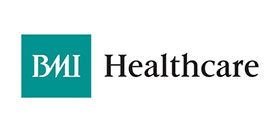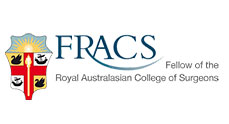What is Dry Needling?
Dry needling is a procedure to treat myofascial pain syndrome. Your skin is punctured with thin needles to provide relief from pain and offer other therapeutic benefits. The procedure is similar to acupuncture but is a more recent development.
What is Myofascial Pain Syndrome?
Myofascial pain syndrome is a chronic condition that causes severe pain when pressure is applied to sensitive points in your muscles (trigger points). Pain can sometimes be felt in unrelated parts of your body and is called referred pain. Myofascial pain syndrome develops after a repeated contraction of a muscle. This is seen when a job or hobby calls for repeated motions.
How does Dry Needling Help?
Dry needling helps reduce tension in the knots and pressure points of muscles. This helps to relieve pain, cramping, and muscle aches and can improve flexibility and range of motion. It also causes the release of endorphins, which are the body’s natural pain relievers produced by the nervous system.
Indications of Dry Needling
Dry needling is used to treat most muscle trigger points. It is indicated for:
- Acute mucopolysaccharide (MPS) disorders
- Need for immediate treatment
- Need for fast recovery, especially in athletes
- When physiotherapy doesn’t help relieve symptoms
Dry Needling Procedure
Dry needling may be performed by a doctor who specializes in sports injuries, a physical therapist or a chiropractor. Short, thin stainless-steel needles are inserted into certain pressure points in the muscles. The needles are usually left in place for 10-30 minutes. Inserting the needle itself generates the therapeutic effect. Nothing is actually injected at the site.
Other dry needling techniques include:
- In-out technique: The needle is inserted into a trigger point and immediately withdrawn.
- Non-trigger point technique: The needle is not inserted at the trigger point, but into surrounding muscle instead.
Risks and Complications Associated with Dry Needling
The procedure is generally safe as sterile needles are used and a specific technique is followed. However, certain complications that can arise such as:
- Infection
- Bleeding
- Bruising
- Temporary soreness
Alternatives to Dry Needling
Your doctor will recommend dry needling based on your condition. Other nonsurgical therapies for pain relief include:
- Acupuncture
- Massage Therapy
- Stretching
- Therapeutic Injections





